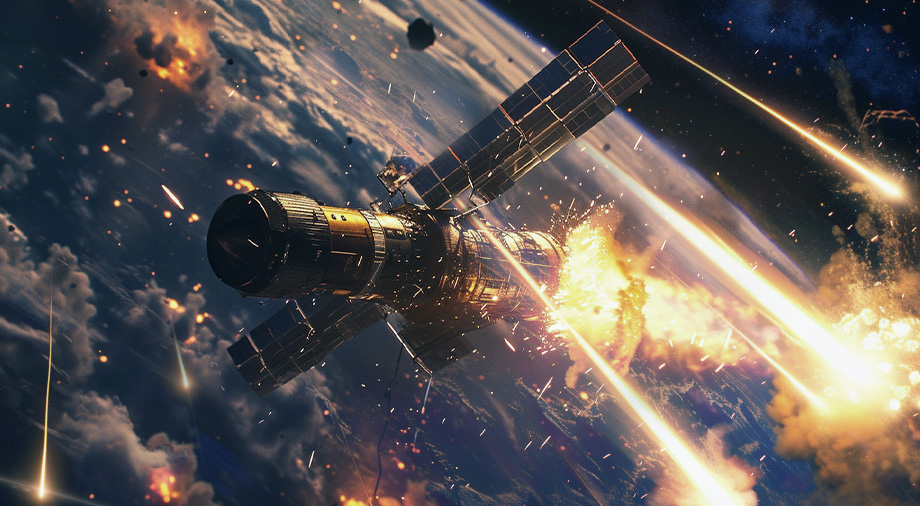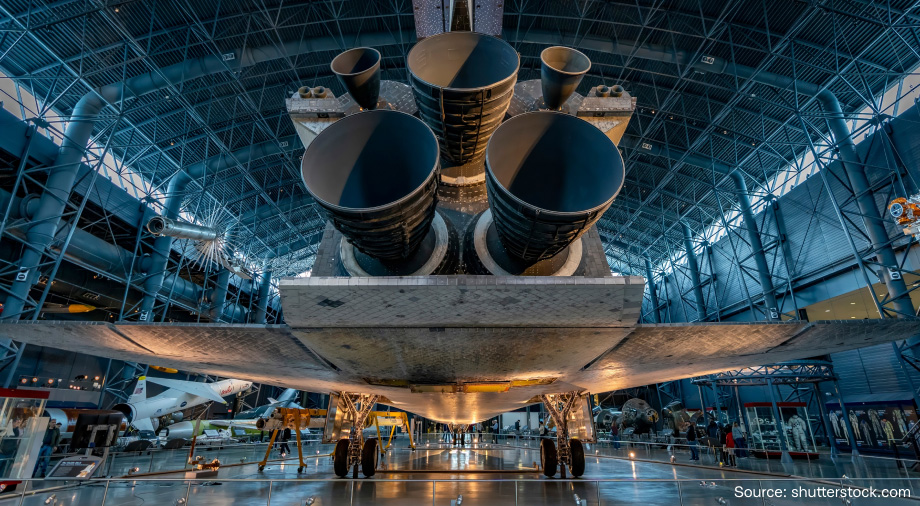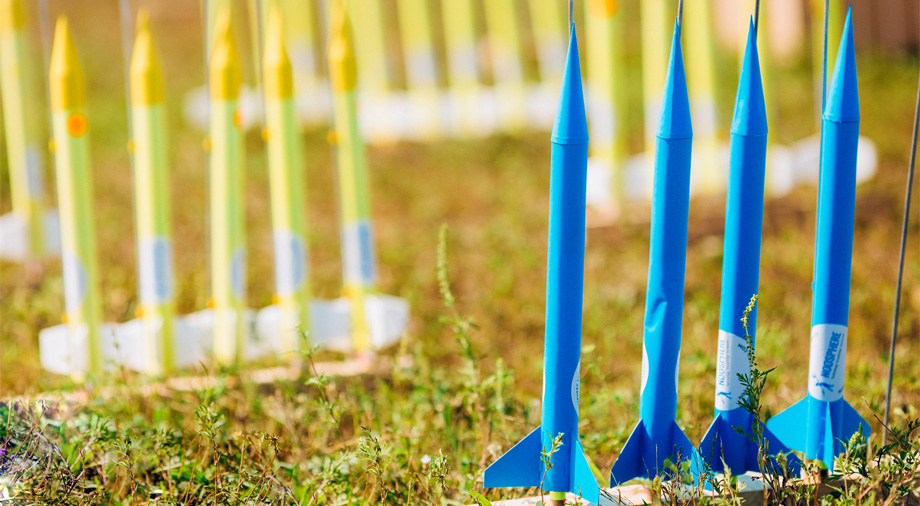In early 2024, American politicians and media warned of a serious threat to national security posed by Russia. According to reports, the threat was connected to Moscow’s ostensible plans to place nuclear weapons in low-Earth orbit, intended for use against satellites.
In this context, it is useful to recall the history of anti-satellite weapons, and also talk about why, even during the Cold War, placing nuclear bombs in orbit was considered a bad idea.
Early American projects
The launch of the first Sputnik satellite shocked most Americans. Certain hotheads in the United States called for the country to destroy any Soviet orbiter the next time one flew over American territory. But even if the Pentagon had wanted to do this, it had no means to do so.
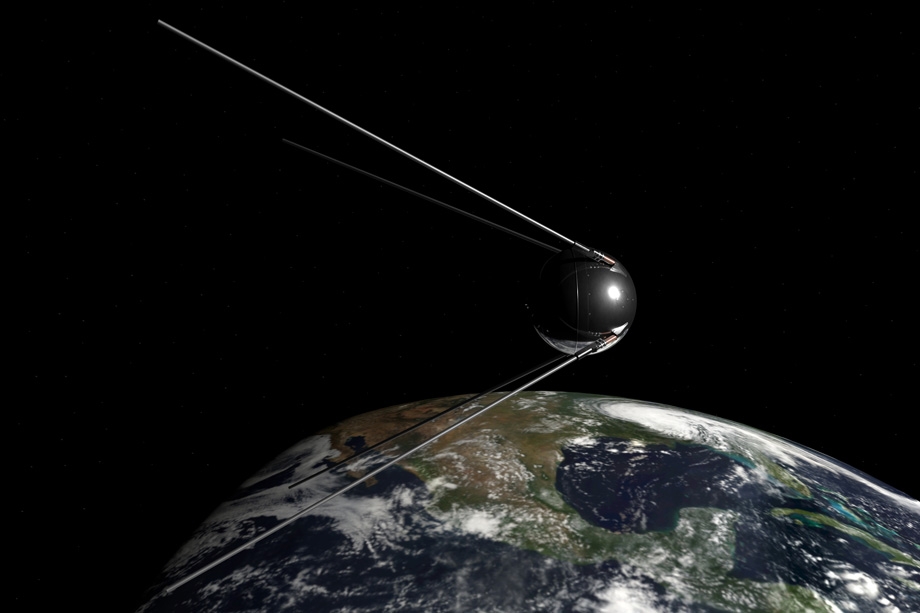
It is not surprising that in the late 1950s, the United States launched a number of projects for the development of anti-satellite weapons. Early prototypes were modified ballistic missiles launched from strategic bombers. Since the accuracy of guidance systems in those days left much to be desired, the only option to ensure guaranteed target destruction was to equip them with nuclear warheads.
As early as 1958, the US military conducted the first test of the High Virgo aircraft-launched anti-satellite missile. It failed, as did three subsequent launches, after which the program was shut down. The Bold Orion project was more successful. During its tests, the missiles flew at a sufficient distance from the target satellite to hit it with a nuclear explosion. However, they were also never adopted.
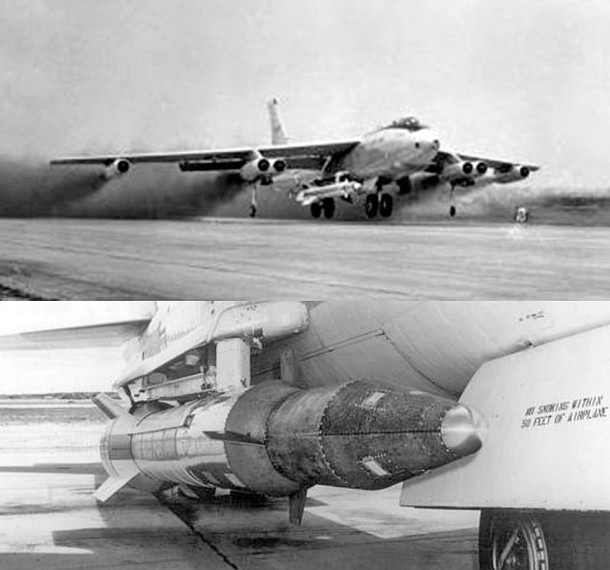
Photo: U.S. Air Force
Instead, in the early 1960s, the US military began developing the LIM-49 Nike Zeus ground-based interceptor missile. Its main purpose was to intercept Soviet missiles, but an anti-satellite modification with a thermonuclear warhead was also created. Between 1964 and 1967, one operational missile was installed at Kwajalein Atoll in the Marshall Islands.
However, the anti-satellite capabilities of Nike Zeus were frankly poor. It could only intercept a spacecraft within a radius of 400 km from the launch point and no higher than 300 km. Therefore, Nike Zeus was soon replaced with the more powerful Thor rocket. Its range was 2800 km, the ability to intercept targets at an altitude of up to 1300 km.
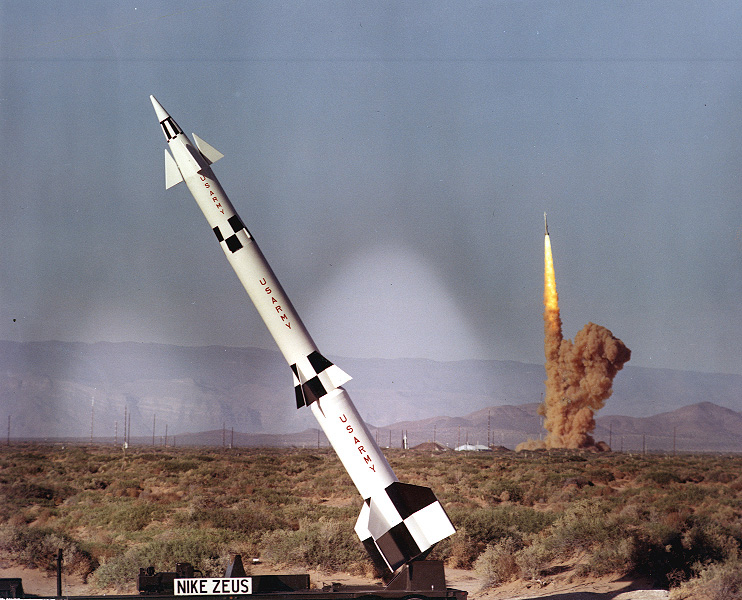
Photo: US Army
Between 1964 and 1970, two Thor missiles were deployed at Johnston Island in the Pacific, and two more were located at Vandenberg Air Force Base. However, despite its improved characteristics, the system’s ability to intercept satellites still remained extremely modest, and the presence of nuclear warheads made it impossible to use them in a conventional conflict. Therefore, in 1970, Thor missiles were removed from Johnston Island, and five years later the program was officially shut down.
Soviet satellite fighters
The Soviet military also did not remain aloof from the idea of creating “satellite killers” satellites. But, unlike the Americans, who relied on missiles, the USSR chose to build a real space interceptor under the control of astronauts. It was to be based upon the new Soyuz spacecraft.
Between 1963 and 1967, Soviet designers developed several projects for combat spacecraft. While they initially planned for the ships to be used exclusively as anti-satellite platforms, the concept was later reworked in favor of a universal ship (7K-VI), capable of photographic reconnaissance, docking with military orbital stations, inspecting enemy spacecraft and, if necessary, destroying them. Depending on the spacecraft, this could be done either with small missiles or with a modified aircraft cannon.
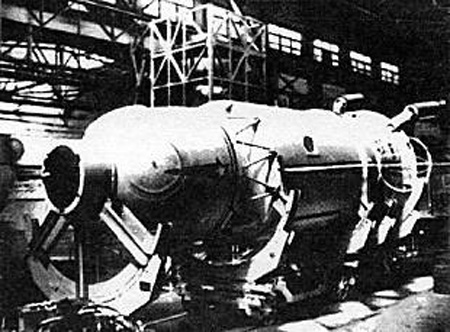
Photo: wikipedia.org
Initially, the universal combat ship project received support from the leadership of the space industry and the Soviet Ministry of Defense. It was planned to be put into service as early as 1969, but then the project was eventually scrapped.
Although Moscow abandoned the idea of a manned orbital interceptor, the Soviet military soon acquired another means of destroying spacecraft through a program known as the Satellite Fighter.
The essence of the concept was as follows: A satellite equipped with an explosive charge was launched into low-Earth orbit. Using thrusters, it would approach its target and explode, striking it with fragments. The advantage of the system was its relative low cost, as well as its availability during a non-nuclear conflict.
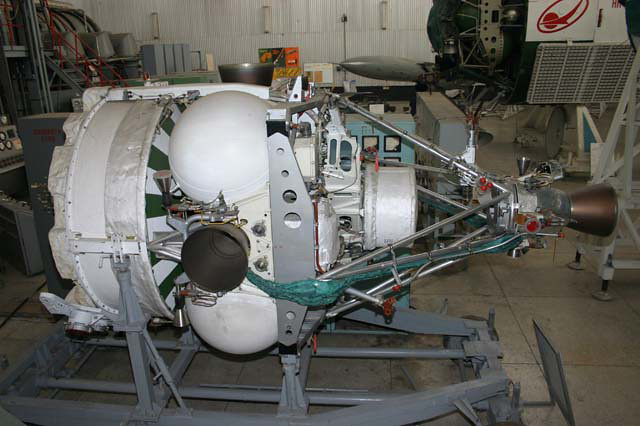
Photo: vlad953 on flickr.com
The first test of this space kamikaze with the detonation of a target in space took place on October 20, 1968. Subsequently, Soviet engineers carried out additional tests to refine the system. The Satellite Fighter was officially put into service in 1978 and remained on combat duty until 1993. As a kind of “legacy,” the system left behind about 900 fragments resulting from numerous tests, with some of them still in orbit.
Airplane vs satellite
After a certain détente in US-Soviet relations in the mid-1970s, the beginning of the next decade was marked by a new round of the arms race. By that time, American intelligence already knew about Soviet “satellite fighters.” It is not surprising that the Pentagon also wanted new weapons to destroy spacecraft.
The military decided to return to its roots – air-launched anti-satellite missiles with the advantage of high mobility. And since guidance systems had made big strides forward over the previous quarter century, they no longer needed nuclear warheads.
This is how the ASM-135 ASAT anti-satellite missile, intended for installation on F-15 fighters, was born. After a couple of tests, it was decided to conduct a test with the interception of a real satellite. This took place on September 13, 1985, and was successful. Pilot Doug Pearson fired a rocket from an altitude of 11.5 km and destroyed the Solwind P78-1 vehicle, which was in a 555-kilometer orbit.

Photo: wikipedia.org
However, despite the success of the test, the ASM-135 was never put into service. The first problem was that the cost of deploying the required number of F-15 squadrons with missiles was too high. Secondly, calculations showed that they would still be able to hit no more than a quarter of their intended targets. As a result, the program was shut down in 1988.
The USSR also had a project for the 79M6 (Kontact) anti-satellite missile, which was to be launched from a MiG-31 fighter. However, the program never managed to achieve a full-scale test of the missile with the interception of space targets. After the collapse of the Soviet Union, work on the system was frozen. According to some reports, Russia has now re-started work on an anti-satellite missile project, but it is not known how much progress they have made.
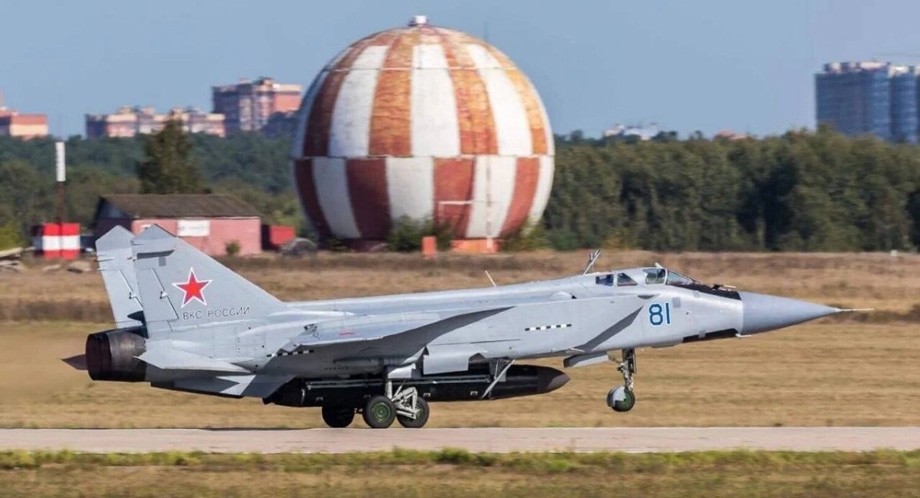
Photo: defense-ua.com
One also cannot help but recall the Soviet “Death Star” – the Skif orbital combat station, which was to be equipped with a laser to destroy warheads and satellites. Its dynamic prototype, Polyus, was launched by an Energia rocket in 1987, but due to an error, it failed to enter orbit and fell into the Pacific Ocean. Soon after this, the project was shut down due to lack of funding.
ASAT tests in the 21st century
The end of the Cold War put a pause on projects to create satellite killers, but not for very long. By the beginning of the 21st century, the leading powers had begun intensifying their work on the design of anti-satellite weapons. The United States was the first. As part of the program to build its National Missile Defense System, the US military began active testing of silo-based GBI (Ground-Based Interceptor) missiles and ship-based SM-3 (RIM-161 Standard Missile 3) missiles. Their main purpose is to intercept ballistic missile warheads, but these systems could also be used to destroy satellites in low orbits. There are currently 44 GBIs and an unknown number of SM-3s on combat duty (in addition to the United States, they are also deployed by the Japanese Self-Defense Forces).
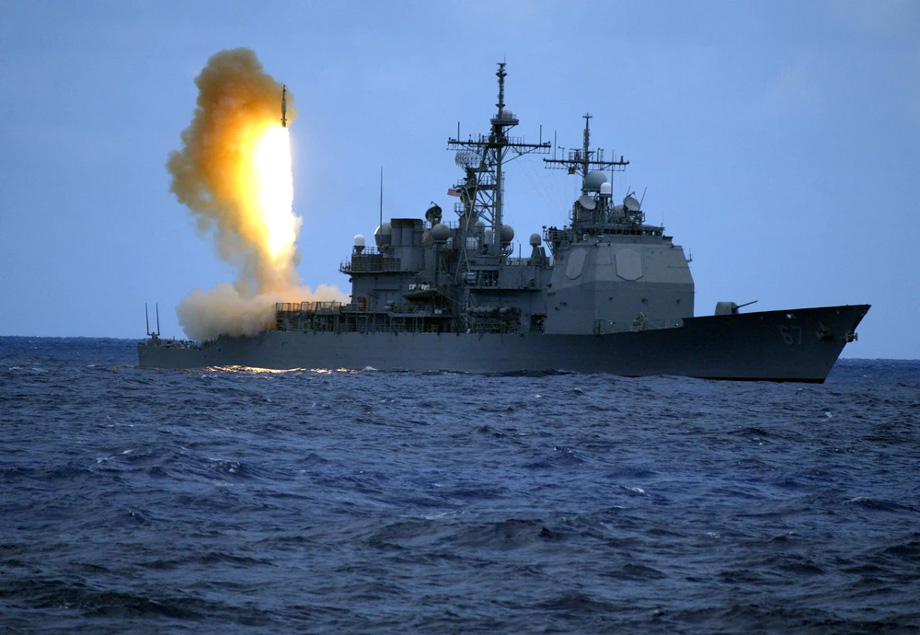
Photo: ovt.fandom.com
China came next with its infamous anti-satellite missile test in 2007. It hit the FY-1C weather satellite, which was in an 865-kilometer orbit. Despite its success, the test caused significant damage to the country’s international image, as the destruction of the FY-1C resulted in more than 3,000 pieces of debris. This increased the amount of space debris in orbit at the time by a quarter. Since then, China has refrained from carrying out tests with actual destruction of satellites.
Just a year after the Chinese test, the US military used an SM-3 missile to shoot down the failed USA-193 reconnaissance satellite. Formally, the purpose of the operation was environmental protection, as the device contained several hundred kilograms of poisonous hydrazine inside. However, few doubted that in fact the launch was an American “answer” to China. Since the USA-193 was in low orbit, the debris generated as a result of the interception quickly burned up in the atmosphere.
In 2019, India joined the club of countries that have managed to hit a target in space. Its missile shot down a satellite in a low 286-kilometer orbit.
Shortly before its full-scale invasion of Ukraine, Russia also tested an anti-satellite missile launched from Plesetsk, shooting down the Kosmos-1408 device. The test caused widespread outrage with its recklessness, as the orbit of the targeted satellite was located only slightly above the ISS. Therefore, within a year, its debris began to intersect with the station’s orbit.

Image: researchgate.net
Some believe that a series of leaks from the cooling systems onboard Russian spacecraft in 2022 and 2023 were actually caused by strikes from debris of Cosmos 1408.
Consequences of a nuclear explosion in space
All of the leading powers have the means to shoot down satellites should they choose to do so. But coming back to our original point, where did Russia come up with plans to use a nuclear bomb for these purposes?
The main reason is Russia’s inexorably increasing technological lag behind both Western countries and formal allies like China. Global internet systems (like Starlink) and commercial satellite constellations which allow round-the-clock monitoring of any area of interest on the Earth’s surface have forever changed the rules of the game. Moreover, these arrays consist of hundreds, or even thousands of devices. No country has yet amassed the required number of anti-satellite missiles necessary to inflict significant damage on these orbital assets during a war. Moreover, Starink is assembled using the conveyor method, and a destroyed device can be replaced quite quickly.
In this situation, the only option is to make the Earth’s orbit overall unsuitable for use by spacecraft. This is where a nuclear weapon comes in. Back in the late 1950s and early 1960s, the US and Soviet militaries conducted a series of nuclear tests in space. They showed that if an atomic bomb were detonated in orbit, it would lead to the formation of an artificial radiation belt around the Earth. Of course, it would dissipate over time, but not before causing a great deal of trouble.
A classic example is the 1962 Starfish Prime test, where a 1.4-megaton hydrogen bomb was detonated 400 km above the Pacific Ocean. At that time, near-Earth orbit was still practically empty. Despite this, the radiation belt that emerged after the explosion led to the rapid failure of a number of spacecraft. In total, according to some estimates, Starfish Prime destroyed or caused a noticeable reduction in the service life of up to a third of all satellites then in existence. The consequences of the explosion also had to be taken into account when planning manned space missions.
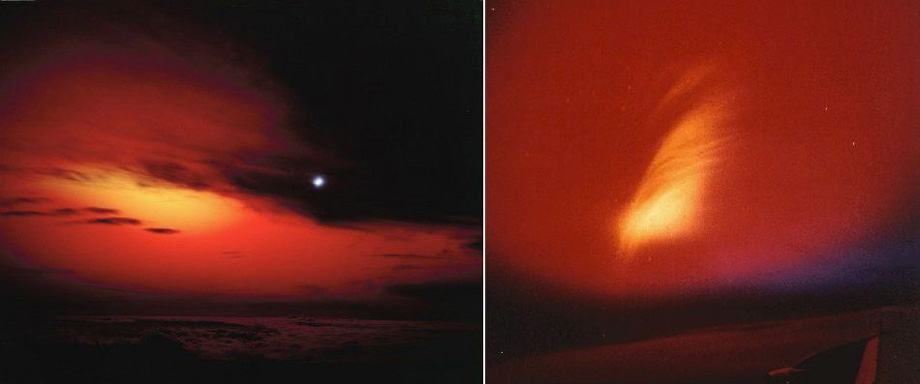
Photo: spaceweatherarchive.com
If such an explosion took place now, it would lead to much more devastating consequences. First of all, it would cause damage to commercial satellites, which unlike military devices, do not have their electronics protected from radiation and electromagnetic pulses. According to some estimates, up to 90% of devices in low orbits would be disabled. The ISS crew would have to urgently evacuate to Earth, and the station itself would be lost. Ironically, some Starlink satellites, thanks to their maneuvering thrusters, might be able to escape by rising to higher orbits.
In any case, it should be understood that a nuclear bomb in space is an absolutely indiscriminate weapon. The radiation belt formed as a result of the explosion will affect all spacecraft, regardless of the country that owns them. In fact, this is a weapon that can only be used in an existential war, when one of the parties has nothing to lose at all.
Not the best idea
In order to detonate a nuclear bomb in space, it is not at all necessary to keep it deployed in orbit, as anti-missile weapons are quite suitable for this purpose. Even during the Cold War, no one had ever placed nuclear weapons in space. This was not due to the superpowers’ reluctance to extend the arms race to space, but for purely practical reasons.
At first glance, the concept of a nuclear bomb in space is quite tempting, since it can either be used against satellites or dropped on a target on Earth. But this is a deceptive impression, because the device with the bomb will always be in sight, and its orbit will be known in advance. Any sudden change in it would cause alarm and may even give reason for a preemptive strike. After all, how would the other side know that a nuclear attack was not imminent?
But the issue of safety is much more important. Rocket launches occasionally end in accidents. And even if a country doesn’t care about its territory and citizens, what if a rocket falls on the territory of another country?
Moreover, if a nuclear weapon is successfully launched, what should be done with it after the service life of the satellite carrying it comes to an end? Let’s say a nuclear charge can be returned to Earth in some kind of capsule. But what if it misses its landing target? How will anyone know that its return is not being used as cover for an attack, prompting them to launch a preemptive strike? What should be done if the satellite simply fails and then falls out of orbit uncontrollably? After all, the deplorable state of Russian electronics is no secret, which is why Russian spacecraft have a significantly shorter lifespan than Western ones.
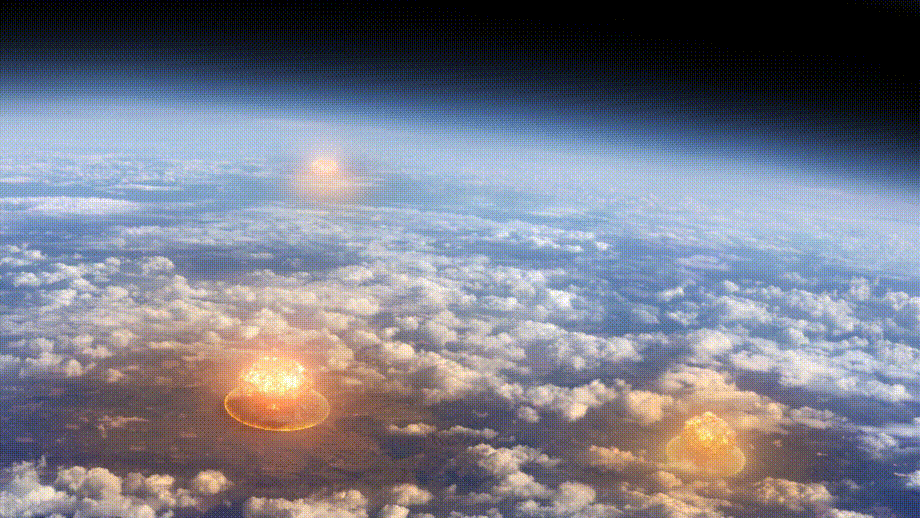
There are many such questions, but rather few clear answers to them. That is why back in 1967, the leading countries signed the Outer Space Treaty, which prohibited the deployment of nuclear weapons in space. Even then, everyone understood perfectly well that a nuclear bomb in orbit would create too many new risks while providing practically no benefit.
Of course, Russia has long ignored international treaties, and it may yet decide to take this step. With Moscow leadership living in a geopolitical fantasy land, one can expect anything. But by placing nuclear weapons in space, Russia would most likely only create new problems for itself. One could gloat over this, of course. However, nuclear weapons in space will become a big problem not for just one country that has gone crazy, but for everyone on our planet. We can only hope that we will not see events develop this way.

